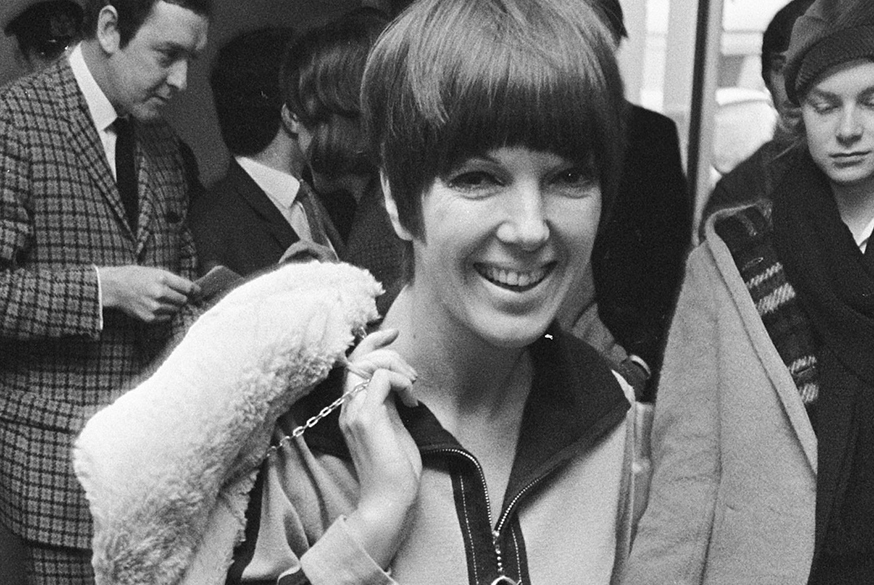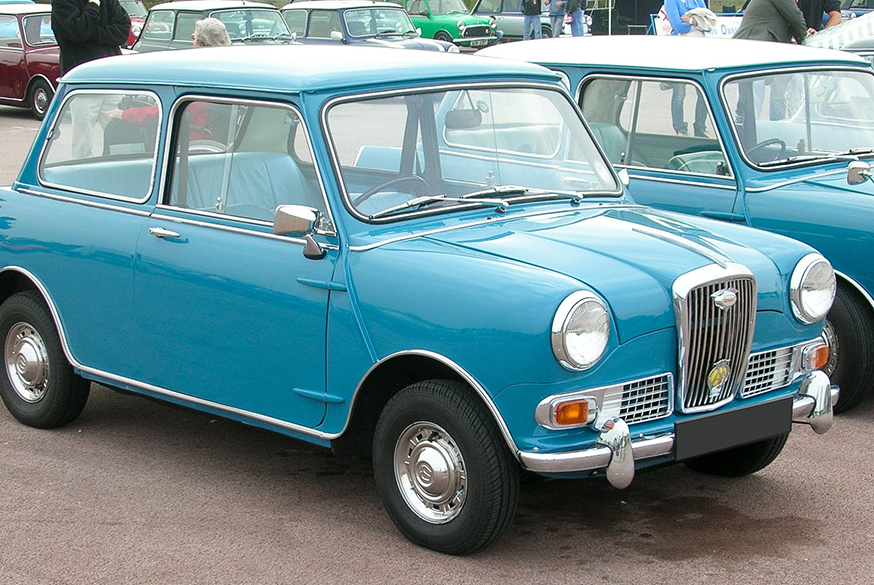BEST OF BRITISH DESIGN.
03 October



SIGN UP TO OUR MAILING LIST
I am a great believer that we produce some of the finest designs in the world, but that in a typically British way we don’t go to any lengths to show that off.
Our advertising industry is certainly something to be proud of, and work produced in other countries often seems dated when compared to homegrown creations.
But it’s not just graphic design that we’re good at – our history is littered with a mix of mad inventors and inspired geniuses that have produced countless examples of engineering, architecture and fashion items to be proud of.
So here, in no particular order, is my choice on the five best English design icons (although in truth I could make a top five with just cars)
Concorde
A joint project between the English and French, Concorde was an engineering marvel that allowed passengers to reach New York from London in 3.5 hours instead of the usual eight.
One of the most iconic pieces of Concorde’s look was its famous droop nose, developed by Marshall Aerospace in Cambridge.
The nose would droop when the plane was taking off and landing, allowing the pilot to see where they were going, but would raise and become streamlined during flight to allow the incredible speeds the plane was capable of.
Rising maintenance costs, the high profile crash in 2000, and a dip in the number of people travelling by plane following 9/11 meant Concorde was retired by Air France in May 2003 and by British Airways in October the same year.
But the fact the Queen allowed Windsor Castle to be specially lit in the plane’s honour shows the esteem the plane was held in.
Jaguar E-Type
It received four times more votes than any other car as it was named number one on the Daily Telegraph’s list of 100 Most Beautiful Cars of all time, it topped Sports Car International’s ‘Top Sports Cars of the 1960s’, and even Enzo Ferrari said it was the most beautiful car ever made.
And while it was popular during its 14 year run (1961-75), selling 70,000 units, its looks have helped it maintain a lasting appeal – the New York Museum of Modern Art added a blue E-Type roadster to its permanent collection in 1996.
Sinclair ZX Spectrum
When it comes to classic British inventors, it’s hard to top Sir Clive Sinclair.
His rubber-keyed ZX Spectrum machine sold over 5 million units in its heyday between 1982-87 (although clones and second hand models are still regularly traded).
It also played a huge part in creating the IT boom that’s still going today – more than 23,000 software titles have been created for the machine (and are still being added to), and it’s fair to assume that many of today’s web designers and developers would have had their first interaction with this quirky machine.
Sales of the computer, and the influence it had on the computer industry at the time, earnt Sir Clive his knighthood. Despite now being, perhaps, best known for the unsuccessful Sinclair C5, Sir Clive’s legacy with regards to the home computer market – and all that comes with that extra exposure – should not be underestimated.
Miniskirt
The 1960s was a time of increasingly risque fashion, and at the heart of Swingin’ Sixties culture was clothes shop owner Mary Quant’s iconic miniskirt.
Until the 60s, skirts that short were seen only on sportswomen or in cinema (either sci-fi flicks or films featuring gladiators). But then Mary, who owned popular shop Bazaar, began experimenting with ever-decreasing hem lines until, in 1964, the miniskirt was born (although André Courrèges and John Bates had been separately developing shortening skirts since the 50s, Mary was the first to give it a name and popularise it).
Despite the fact Mary is actually Welsh, her shop was based in London and the popularising of the miniskirt was made easier thanks to the capital’s radical style sense in that era (coupled with fellow Brit Vidal Sassoon, who was himself embarking on revolutionising hairdressing worldwide).
Although the original is somewhat tamer than modern standards, it was still a turning point in fashion and helped make London a talking point around the world. And you might be thinking she got the name from the fact the skirt wasn’t very long, but it was actually influenced by her favourite car – which brings us nicely to…
Mini
Named the second-most influential car ever, behind the Model T Ford, the early Minis were produced by Austin and Morris before becoming its own marque.
Although cleverly designed to allow 80% of the floorspace to be used by passengers (and their luggage), and despite featuring design features that have influenced car makers ever since, the Mini’s place as a British design icon was forever cemented when three cars stole the limelight in the Italian Job.
Although BMC refused to give the filmmakers cars for the project (unlike Fiat, who agreed to supply cars for the Italian police), the film has remained one of the greatest adverts for the car – along with its wrongful disqualification from the 1966 Monte Carlo rally.
So despite being a great piece of design, some of the things that boosted the Minis fame were anything but planned!
What are your favourite examples of English design? Let us know
SIGN UP TO OUR MAILING LIST


